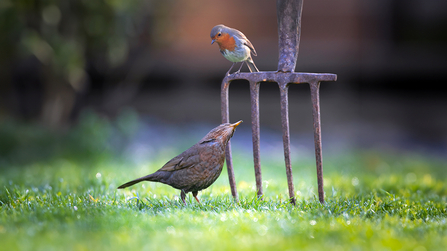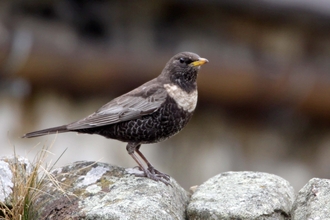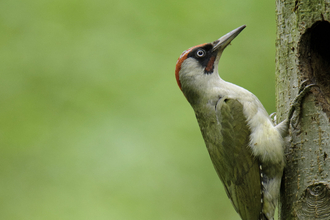Many of us have a fairly fixed idea of what bird migration means – some species come in from a long way away, some species go out to far-flung climes, others stay put. Most commonly, we might think of swifts and swallows – those long-distance specialists who herald the start of summer. But is it really that simple? Perhaps not.
Traditional spring migration is a big deal. Birds such as cuckoos, swifts, swallows, house martins, come here to breed in the spring, stay through the summer, then leave in late summer or early autumn. At the same time, birds that have been here through winter are leaving for their own breeding grounds. The Humber Estuary hosts more than 100,000 wintering waders and wildfowl through the cold months. At this time of year, many of those are heading north to their own preferred breeding grounds in Iceland or above.
But not all movement is inter-continental – migration also happens within the UK itself. Those of us lucky enough to have birds visiting our garden may think that the bird we see year-round is ‘ours’ – the same bird every time. It certainly can be – but some British ‘resident’ birds move south in winter, leaving Yorkshire for the sunnier climes of, say, Cornwall.




